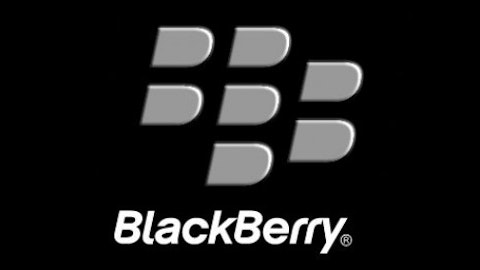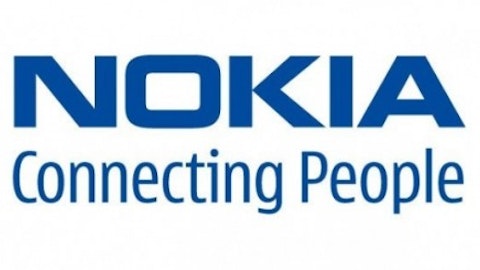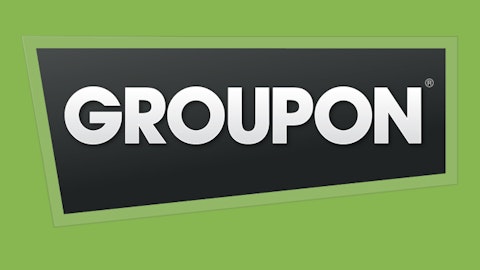After conquering the Internet search, display ad and mobile operating businesses, tech giant Google Inc (NASDAQ:GOOG) might have a new target – the gaming console industry, currently dominated by Sony Corporation (ADR) (NYSE:SNE), Microsoft Corporation (NASDAQ:MSFT) and Nintendo. A recent report from the Wall Street Journal, citing anonymous sources at Google, claims that the company is preparing to release an Android-powered game console later this year.
This news sent the media into a speculative frenzy on whether or not Google’s effort to bring Android games to the living room would succeed. Let’s take a look at Google’s motivations for suddenly developing a game console, and how it could aid the company’s growth prospects.
Following in Ouya’s footsteps
In my opinion, Google Inc (NASDAQ:GOOG)’s Android-powered console is less about challenging the high-powered consoles from Sony and Microsoft, and more about following up the initial success of the Ouya with a product of its own. The Ouya, a $99 Android-powered console that started as a Kickstarter project, recently sold out at all brick-and-mortar and online retailers within the first day of its release. Although the Ouya is simply the guts of an Android tablet wrapped up in a tiny box with a controller, its success confirms that there is a market for Android games in the living room.
Similar to Amazon.com, Inc. (NASDAQ:AMZN)’s Kindle, Ouya uses a forked version of Android that uses a proprietary storefront, the Ouya Store, to provide Android games specifically designed for its hardware. Yet investors should remember that Ouya is not the industry’s first attempt to make Android a platform for a controller-based console games.
The other contenders
Sony attempted to create a handset-mobile hybrid with its Xperia Play handsets, which were equipped with slide-out physical controllers. NVIDIA Corporation (NASDAQ:NVDA)’s Shield, which was recently delayed, is an attempt to create a handheld console completely dependent on the Android ecosystem. Both Sony and Nvidia face the challenge of getting enough developers to create games specifically designed for hardware controls, rather than touch screen ones. Sony and Nvidia released their own storefronts, the Xperia Play Store and the TegraZone, respectively, to help gamers find controller-enabled games, but neither service is particularly popular.
Nvidia also made a grievous error by initially pricing the Shield at $349, making it nearly as expensive as a Playstation 4. That price was eventually reduced to $299, but that price tag is still a too high for the casual gaming crowd, since the best-selling Nintendo 3DS only costs $180.
Ouya, on the other hand, didn’t struggle as much, since it had already attracted several major publishers, such as Sega and Square Enix, during its funding and development stages. As a result, the Ouya Store had over 150 titles available on the day of its release, and all of its titles were free to try. Therefore, despite mixed reviews, the Ouya has proven popular with casual gamers on a budget.





